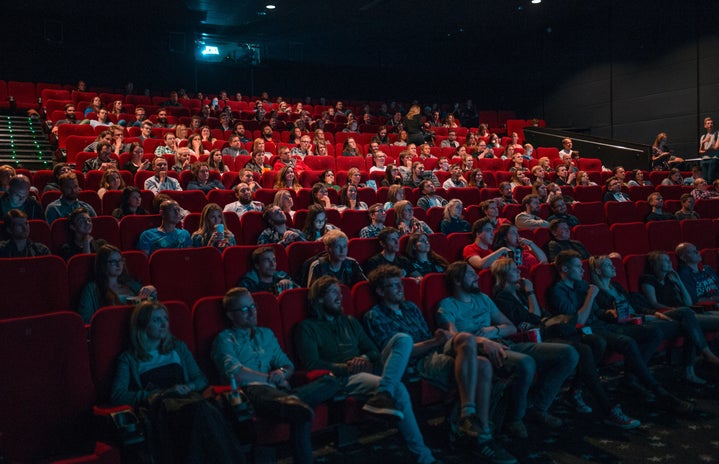Last summer I was able to visit Europe for the first time, and while city-hopping across the continent was magical in plenty of ways, I was drawn to one thing most of all: the countless art museums. I got a crash course in art history in the best way—from learning about the ragtag history of the Impressionists by standing in the middle of the most extensive collection of their artworks in Paris to tracing together a mental treasure map with Picasso’s obsessive recreation of Las Meninas in Barcelona and the original Valesquez painting in Madrid. I came home from Europe completely embodying the artsy aesthetic.
But quickly, one thought came to mind: where are the celebrated canvases from great painters of our time hanging in these massive museums? Why is such a longstanding celebration of art, stretching back centuries and centuries, so far from the average person’s mind nowadays?
Of course, I would be completely wrong to argue painting as an art form is dead. There are plenty of art schools teaching painting at a high level and independent artists all over social media selling their art prints to customers worldwide. However, the old business has completely changed; long gone are the days of a rich man with nothing better to do commissioning a talented young artist to hone his skills in a grand, secluded mansion for years to then spend his life painting portraits of royals and government officials.
But I’m not arguing that art’s old ways of profitability are completely gone—instead, it has only shifted to a new medium fitting our modern era: the film industry. One painter may have studied color, composition, and light to craft a single masterpiece. Today, however, people’s entire careers are centered around making sure light captures the mood of the scene perfectly, or positioning subjects and setting shots to compliment the action on screen. Painters in the Renaissance were considered skilled based on their level of familiarity with human anatomy and its realistic transfer to their pieces; today a hot topic of every new science fiction film is how well-done the CGI is (Avatar: The Way of Water, anyone?).
If anything, the mastery of visual art has transformed and transcended so that what took an individual mind a lifetime now takes a group of like-minded people a mere 1-2 years to create. Actors are most often seen today performing for a camera rather than for the audience of classic theater productions. Even music composers now become household names for their film soundtracks rather than for their symphonies and operas.
“The whole movie was a prototype, but we learned from that and then when we set down the path of doing these new sequels, we actually, in a very focused way, built the new tools that we needed. We didn’t wait for the industry at large to do it for us.”
James Cameron, director of the Avatar movie franchise, discussing how the production team pushed the boundaries of technology to continue making the films in a Rotten Tomatoes interview, December 2022
Should we as a society mourn the loss of art as it was enjoyed traditionally for so long? I don’t think so. The past century has seen innovation at an exponential scale that was unimaginable in the time of Michelangelo, Bach, or Shakespeare. Just following the line from radio to subscription streaming services paints an ever-changing picture of how we interact with our world. It should be no surprise that how we enjoy art has shifted as well.
So what does it all mean? I’ll tell you what it means to me: the next time I go to watch the latest Marvel blockbuster or turn on the newest episode of Euphoria, I’m not feeling guilty for wasting hours in front of a screen. I’m thinking of how we have taken art to a new level and consumed it in a way never seen before.



